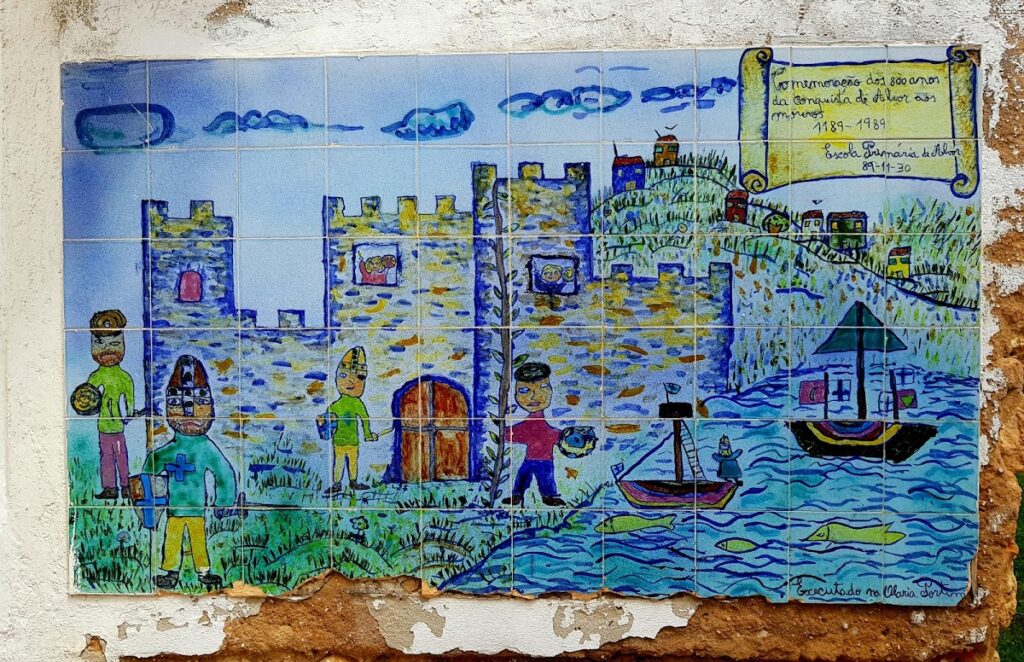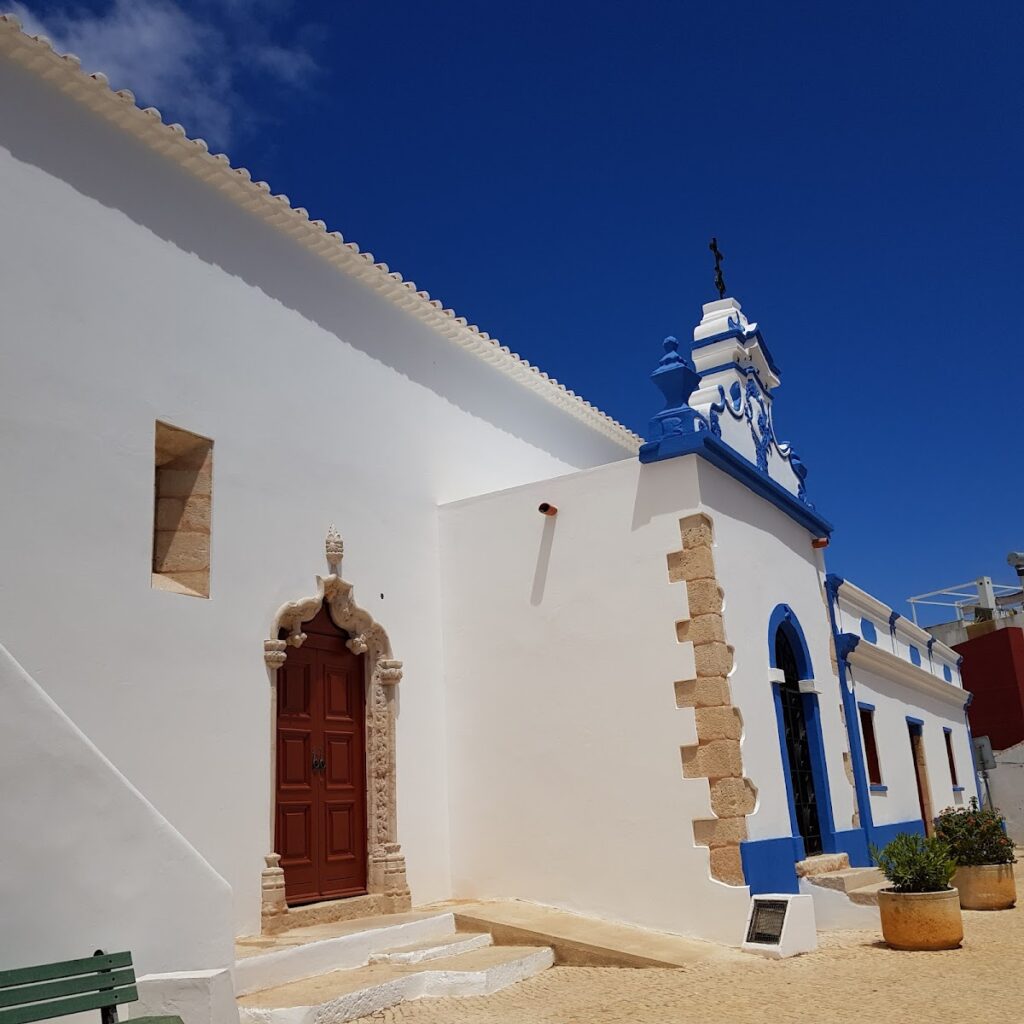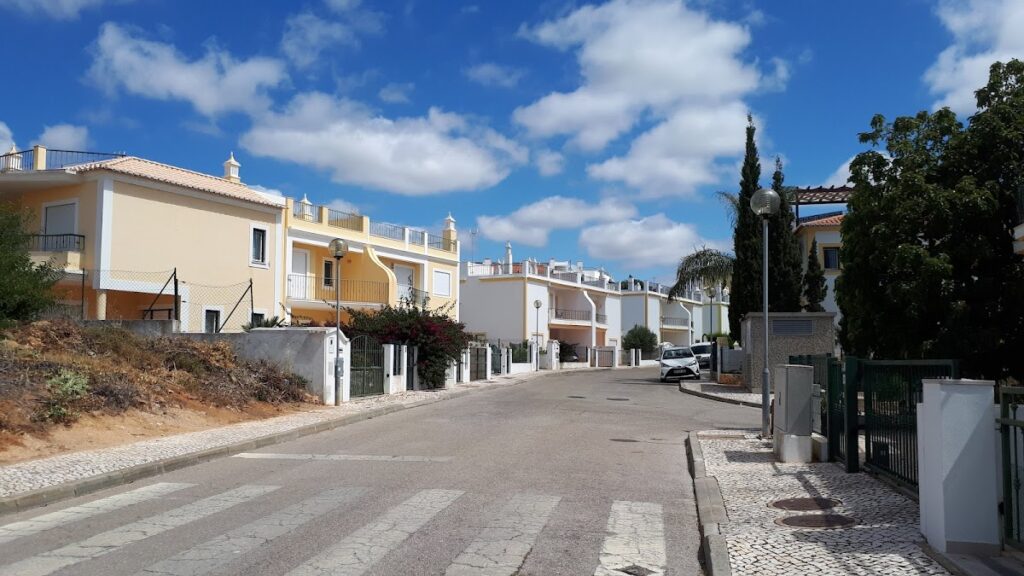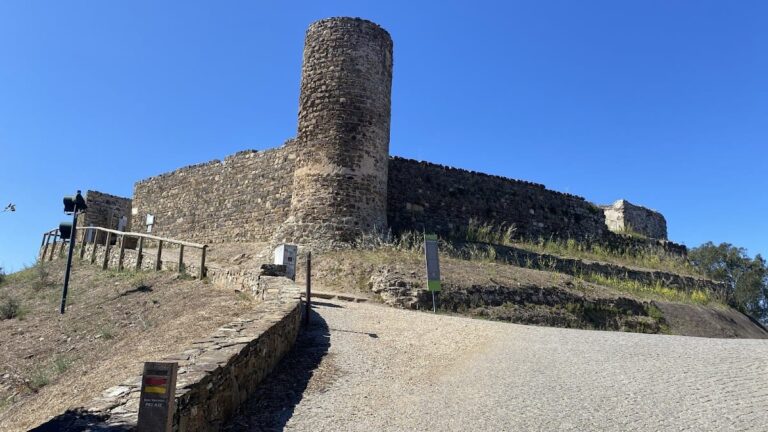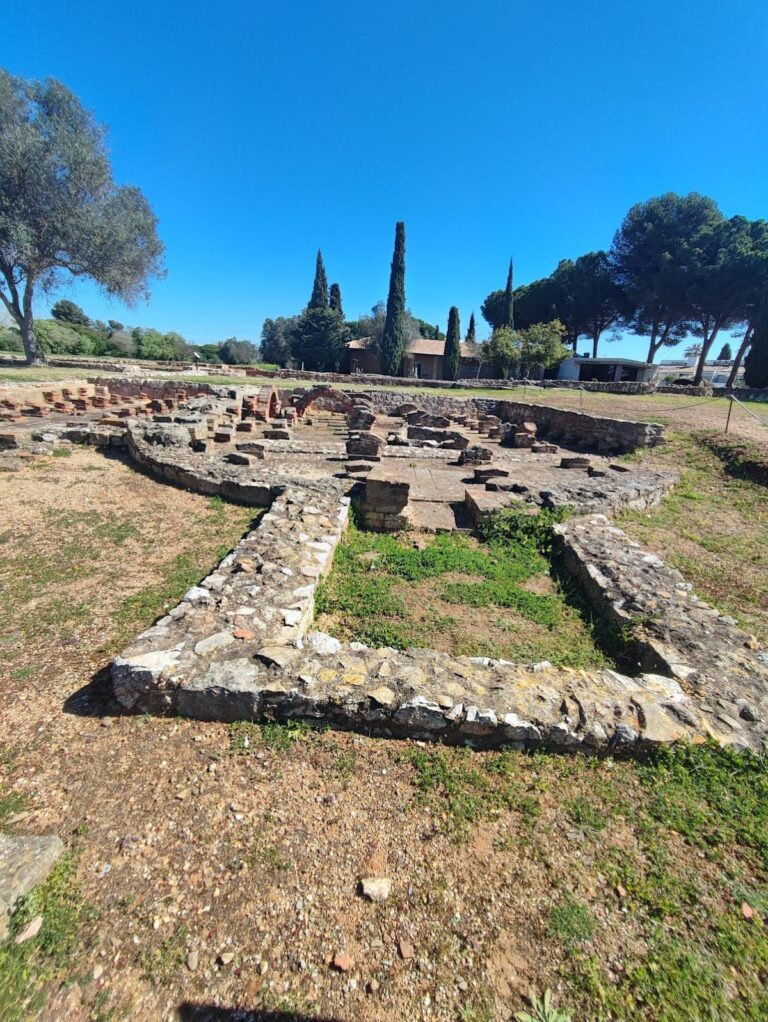Castle of Alvor: A Historic Fortification in Portimão, Portugal
Visitor Information
Google Rating: 3.9
Popularity: Medium
Google Maps: View on Google Maps
Country: Portugal
Civilization: Unclassified
Remains: Military
History
The Castle of Alvor is situated in the municipality of Portimão, Portugal. Its origins trace back to a fortified settlement built by the ancient Lusitanians during the 7th century B.C.E., establishing the site as one of longstanding human occupation.
Over the centuries, this strategic location witnessed occupation by several Mediterranean civilizations. The Phoenicians and later the Greeks utilized the site for their own purposes, followed by the Carthaginians. Notably, the Carthaginian commander Hannibal captured the settlement in 436 B.C.E., renaming it Portus Annibalis. Subsequent names included Barcínia and Ipses, reflecting evolving cultural influences. Under Roman rule, the settlement continued as a center of commerce and regional governance, maintaining its prominence through antiquity.
In 716, Moorish forces seized control of Alvor, transforming it into a fortified location likely by the 9th century. This fortress functioned as a hisn—an Arabic term for a small castle or fortified site—and was part of a coastal defense network alongside nearby strongholds such as Estômbar, Portimão, and Albufeira. The Islamic presence shaped the site’s military and urban character for several centuries.
The castle changed hands in the late 12th and early 13th centuries amid the Christian Reconquista. In 1189, King Sancho I of Portugal, supported by German and Danish crusaders, captured Alvor. This conquest inflicted severe harm on the population and buildings. However, the Almohads regained control just two years later in 1191. It was not until 1240, under King Afonso III, that Alvor was firmly reclaimed by Christian forces. Subsequently, King Denis commissioned the castle’s reconstruction in 1300, reflecting its revived strategic importance.
By the 16th century, King Sebastian ordered new fortifications around the town itself in 1573, although the defensive walls appear not to have reached full completion. Nonetheless, records from 1606 indicate the castle still housed heavy artillery. The catastrophic earthquake of 1755 nearly obliterated the structure, leaving it largely in ruins. In recognition of its historical value, the site was declared a Property of Public Interest in 1984.
Archaeological research between 1986 and 1988 revealed evidence of the castle’s layered past, including the original pre-Islamic fortifications and later Moorish additions. Excavations also uncovered secondary defensive constructions nearer the coastline, emphasizing the site’s continued military role across epochs.
Remains
The surviving remains of the Castle of Alvor center on a fortified citadel known as an alcáçova, which historically was enclosed by now-lost town walls. This alcáçova covers about 960 square meters and features a roughly rectangular layout typical of Islamic fortresses from the region. It is situated on a low hill approximately five meters in height, integrated within Alvor’s modern urban setting.
The walls of the alcáçova are constructed primarily from large limestone blocks, interspersed with fragments of red sandstone sourced locally from Silves, along with small stones, ceramic pieces, and lime mortar binding the structure. Two main sections of these walls remain visible, with the most prominent on the southwest side rising to about six meters and measuring approximately 1.7 meters thick.
At the southern corner, a narrow staircase about half a meter wide indicates the former presence of a chemin de ronde—a walkway atop the walls used by defenders for patrol and surveillance. The main gate, positioned on the northern wall, shows a bent or elbow design meant to enhance defense. It spans 2.5 meters in width and features hinge sockets located roughly 2.6 meters above ground level, suggesting the gate was once outfitted with heavy doors. This entrance was probably protected by an albarrã, a projecting tower extending beyond the main fortification line.
Additional structural remnants include the foundations of a tower and a substantial wall on the eastern side of the alcáçova. This strong wall may have served as a barbican, an outer fortification protecting access to the main gate. The location near Rua Poeta António Aleixo and Largo do Castelo, close to the municipal market, marks the site’s persistent significance within the town.
The eastern tower remains provided commanding views of the nearby Atlantic coast. Over time, as the castle’s defensive role diminished, the interior areas accommodated residential buildings until the devastating 1755 earthquake reduced the structure to ruins. Today, the remnant walls and architectural features offer tangible links to the many historical phases the Castle of Alvor has undergone.

